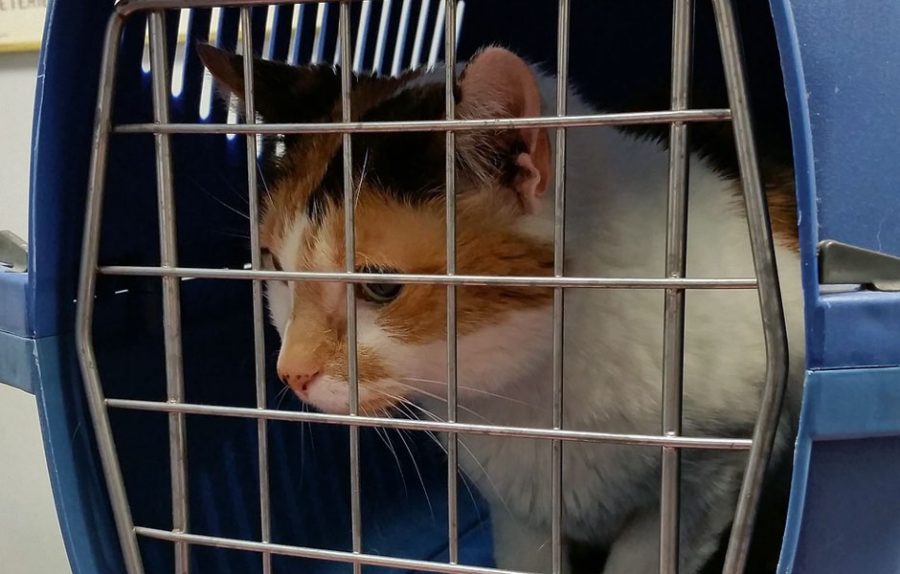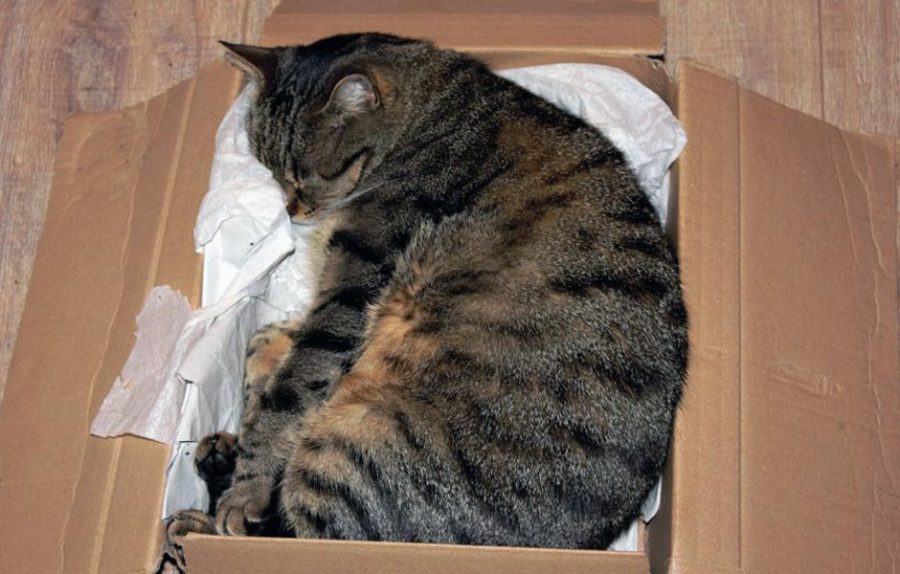A few years ago, I literally lost my cat after moving our family from one location to another. It was completely my fault because the mistakes I made could have been prevented.
My sweet kitty ran away within 48 hours of the move, never to be seen again. I can only hope she found another loving home immediately after escaping.
Sometimes we underestimate the amount of stress a move can cause our pets. In case you didn’t get the memo: Cats don’t like change. However, with the proper care and protocol, the move itself and the transition into a new home can be a little easier. You can also learn from my lack of forethought.
Get Chipped
Before dragging out the boxes and renting the moving van, get your cat microchipped. If your cat goes missing, the chances of being reunited are 20 times higher when your cat is microchipped. Less than 2 percent of cats without microchips are returned.
Cats don’t typically wear collars, so microchipping is an obvious form of identification. The average cost for a microchip implantation at the vet is about $45, a one-time fee that includes registration in a pet recovery database.
When I trapped and rescued my wild, starving kitten under a porch, I had her vaccinated and spayed like a responsible pet owner. BUT I missed a step: microchipping. Jump forward to the big move to Chicago where my cat ran away with no ID on her.
Adjust to the Carrier
Your move likely involves car travel. A cat carrier is a safe place to ride in, especially if your cat is familiar with the carrier beforehand. Imagine being stuffed into a cage without prior recognition of the thing.
Bring the carrier out into the open a few weeks prior to the move and try feeding your cat next to it. Then work your way into putting the food into the carrier itself. Don’t forget their favorite treats and toys.

Cat Carriers Can Be Scary Places
Take Your Time Packing
Don’t dash around in a mad rush to get everything packed the day before you leave. It will not only stress you out, but your cat, too. Give your cat time to be around and play in the boxes in advance of the move. On moving day, consider taking him to a cat daycare or keep him in a quiet room away from the commotion.
Protect Your Moving Boxes
To me, this is a big one. At some point in the moving process, my kitty “marked” the cardboard boxes. When I unloaded the boxes into a spare room, all I could smell was that distinct cat spray smell. It never goes away and all of the items in the boxes could also be contaminated.
To prevent your cat from reacting negatively to unfamiliar scents, spray the corners of the moving boxes with a product such as Feliway. It contains synthetic feline facial pheromones. The facial pheromones are associated with security and comfort for a cat, according to the Feliway website.
Feliway is available at your local pet product store and online. Feliway helps reduce or prevent unwanted behaviors caused by stress. This helps cats cope with a challenging situation such as moving or traveling. FELIWAY® helps reduce or prevent unwanted behaviors caused by stress.

Cats Love Curling Up In Boxes
Don’t Let Your Cat Outside!
After arriving to our new home and after keeping my cat in a separate room for a few days, she meowed to leave the room. She went to the front door and meowed some more. I figured she just wanted to go explore her surroundings. I let her out. Huge mistake.
My neighbor’s door slammed and she took off. I immediately tried to find her, but I never saw her again. Don’t let your cat outside for a few weeks, until they get used to all the rooms in the house and feel more comfortable with their routine.
As you can see, with a few simple steps, moving with cats doesn’t need to be traumatic and some of the stress associated with moving is totally preventable. Take it from me.





1 Comment
These are all great tips. Cats can be very skittish in new surroundings.. It may be best to introduce them to their new space slowly and keep the comforts of home around..